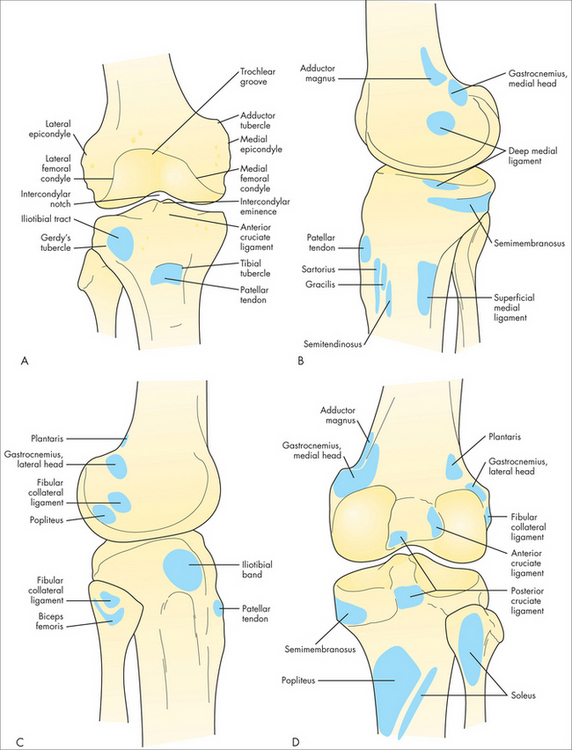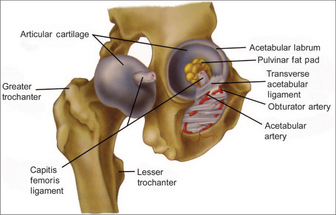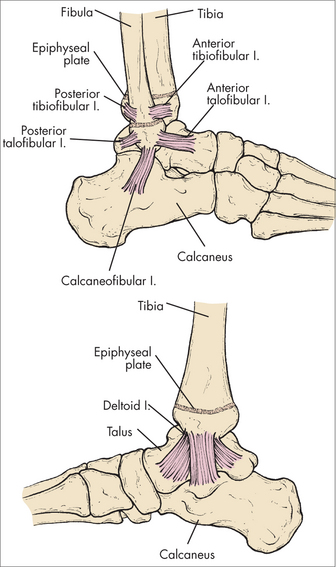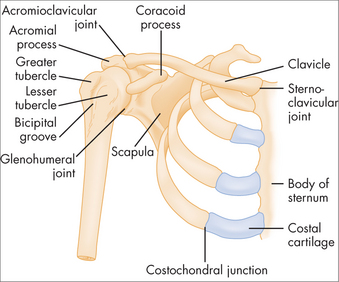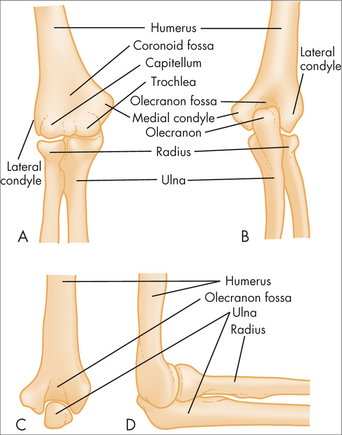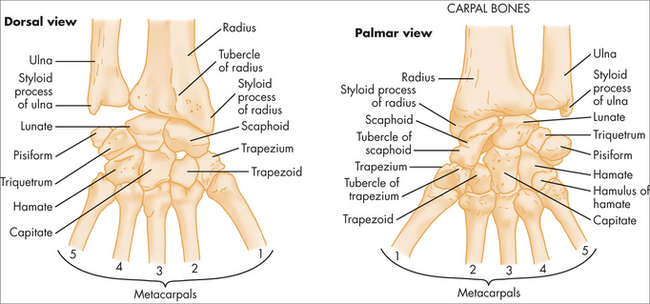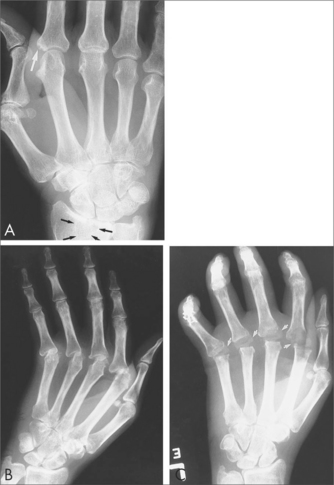chapter 33 Joints and connective tissues
HISTORY AND EXAMINATION
Some arthropathies present with an acute onset of pain, with peak intensity reached within hours or days; in others it occurs gradually over weeks to months. The clinical pattern may be monarticular, oligoarticular or polyarticular. Variations of these patterns may occur within the same disorder. For example, rheumatoid arthritis may present as an acute monarthritis of the knee before spreading to other joints, or as an acute polyarthritis. Although almost any arthropathy may begin as a monarthritis, the initial pattern of certain disorders is characteristically monarticular, with pain, redness and swelling. Certain diagnoses, such as infection or crystal arthritis, should be suspected in this situation (see Box 33.2). Infectious monarthritis is an important diagnosis to make early, as joint damage can occur if untreated.
Chronic monarthritis is the presenting manifestation of a variety of joint disorders, some of which are listed in Box 33.3. Involvement of two to four joints is usually referred to as oligoarthritis. There are a number of conditions in which involvement of two or three joints rather than one may significantly narrow the differential diagnosis, including pseudogout and psoriatic arthritis. The third pattern is the one in which polyarticular involvement dominates the clinical picture. A variety of inflammatory and non-inflammatory disorders, both common and uncommon, may present as polyarthritis (see Table 33.1).
BOX 33.3 Common causes of chronic monarthritis
TABLE 33.1 Distribution of common oligo- and polyarthritides
| Symmetric | Asymmetric | |
|---|---|---|
| Inflammatory |
AETIOLOGY
The accepted aetiology of the common arthropathies is as follows:
DIAGNOSIS
IMAGING PROCEDURES
X-rays
Plain X-rays often provide useful diagnostic information in patients with inflammatory or degenerative arthritis (see Table 33.2).
TABLE 33.2 Typical X-ray findings in osteoarthritis vs rheumatoid arthritis
| Osteoarthritis | Rheumatoid arthritis | |
|---|---|---|
| Joint space narrowing | Yes | Yes |
| Erosions | No | Yes |
| Periarticular osteoporosis | No | Yes |
| Subchondral sclerosis | Yes | No |
Ultrasound
Ultrasound is a more expensive imaging modality used for a wide range of arthritic conditions. Tendon and muscle abnormalities such as rotator cuff tears can be diagnosed using the technique. Synovial effusions, synovial hypertrophy and inflammation can be evaluated using ultrasound. Power Doppler can be used for assessing synovial membrane inflammation. It is important to note that the effectiveness of ultrasound is very much dependent on the experience of the operator.

